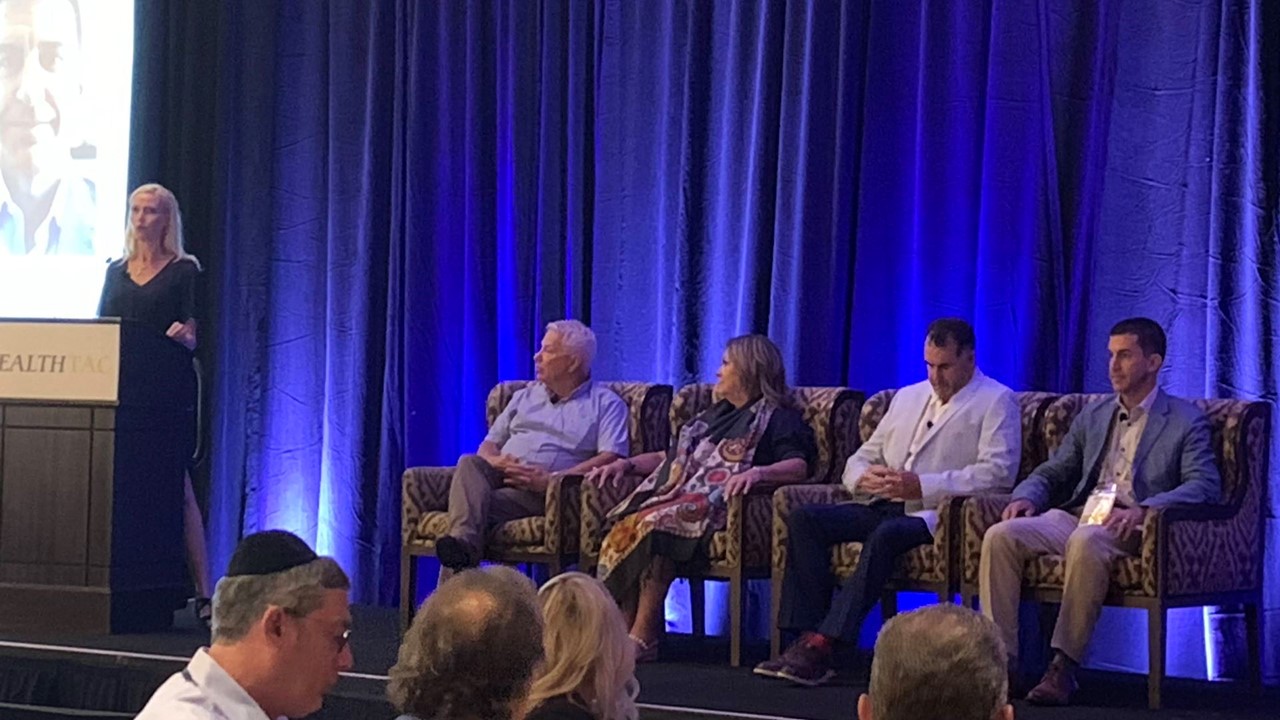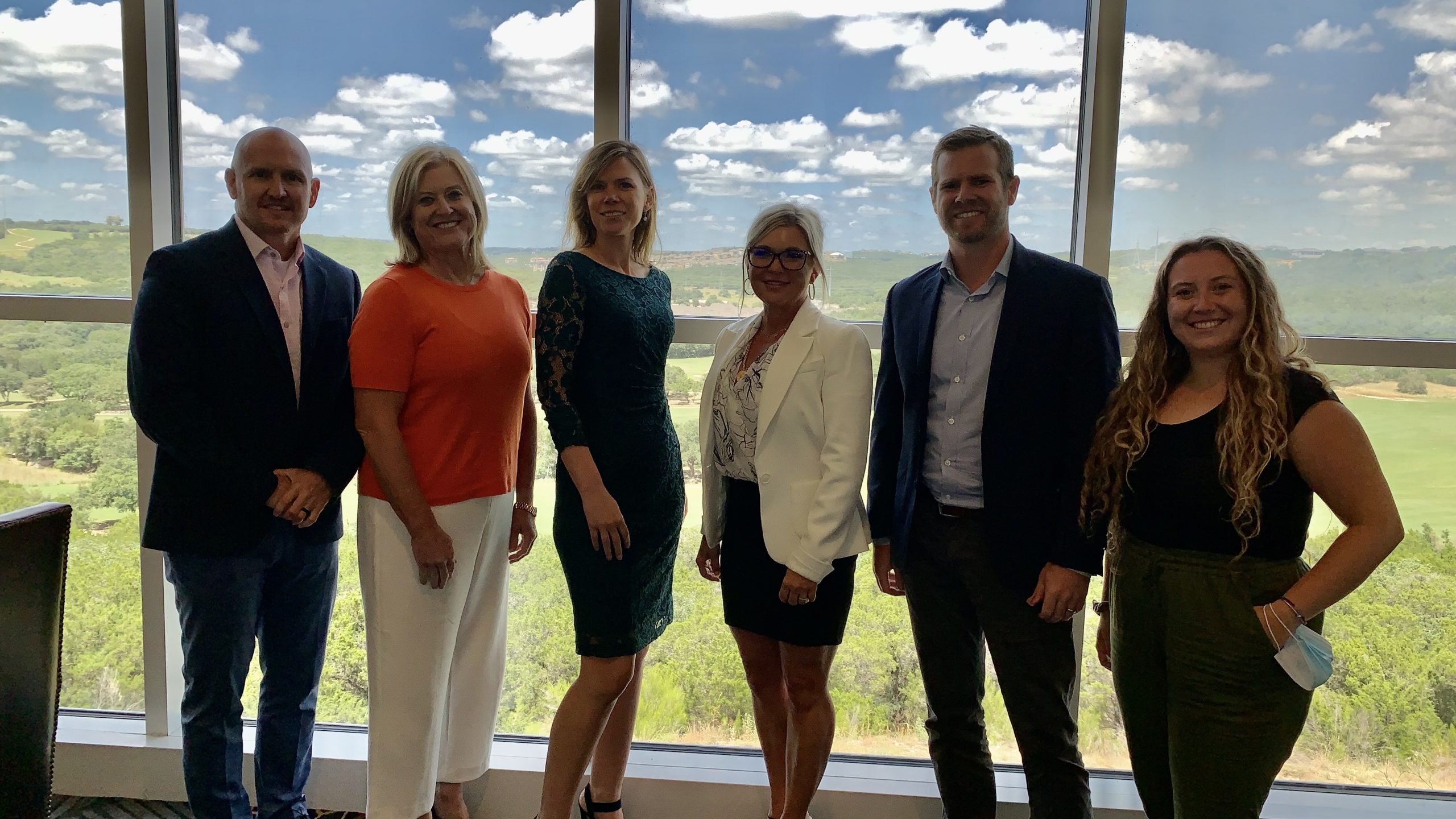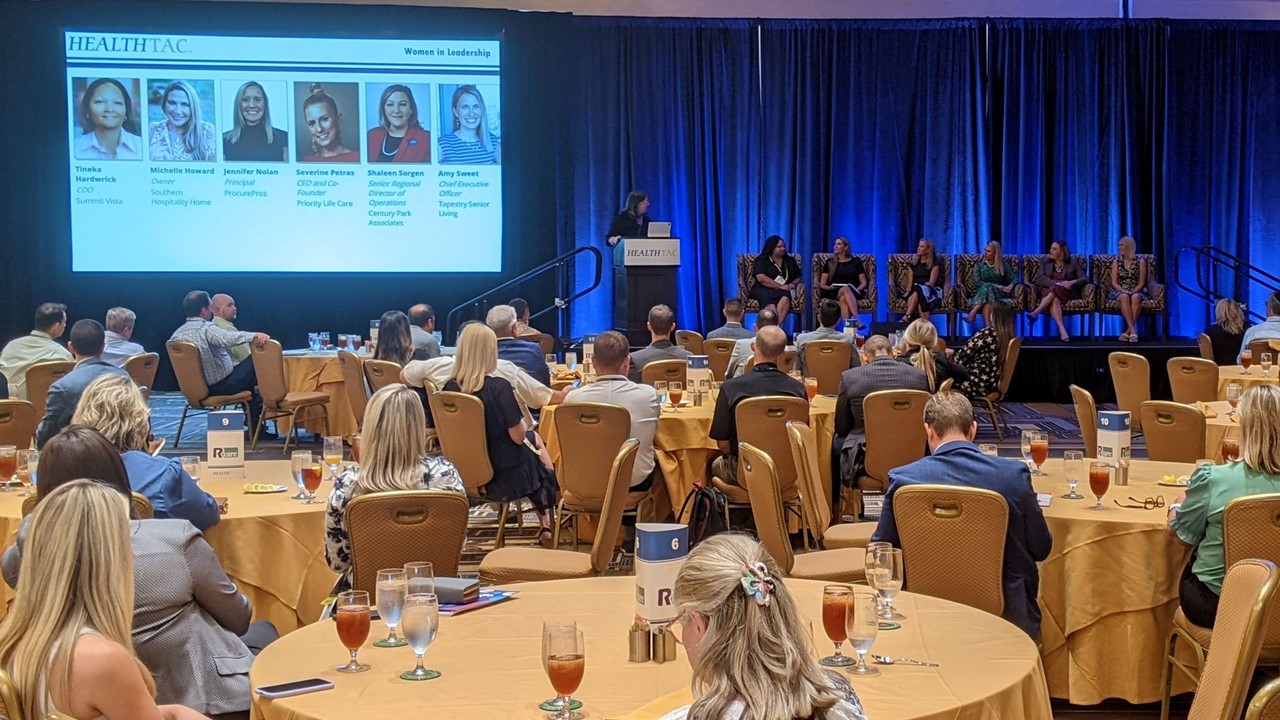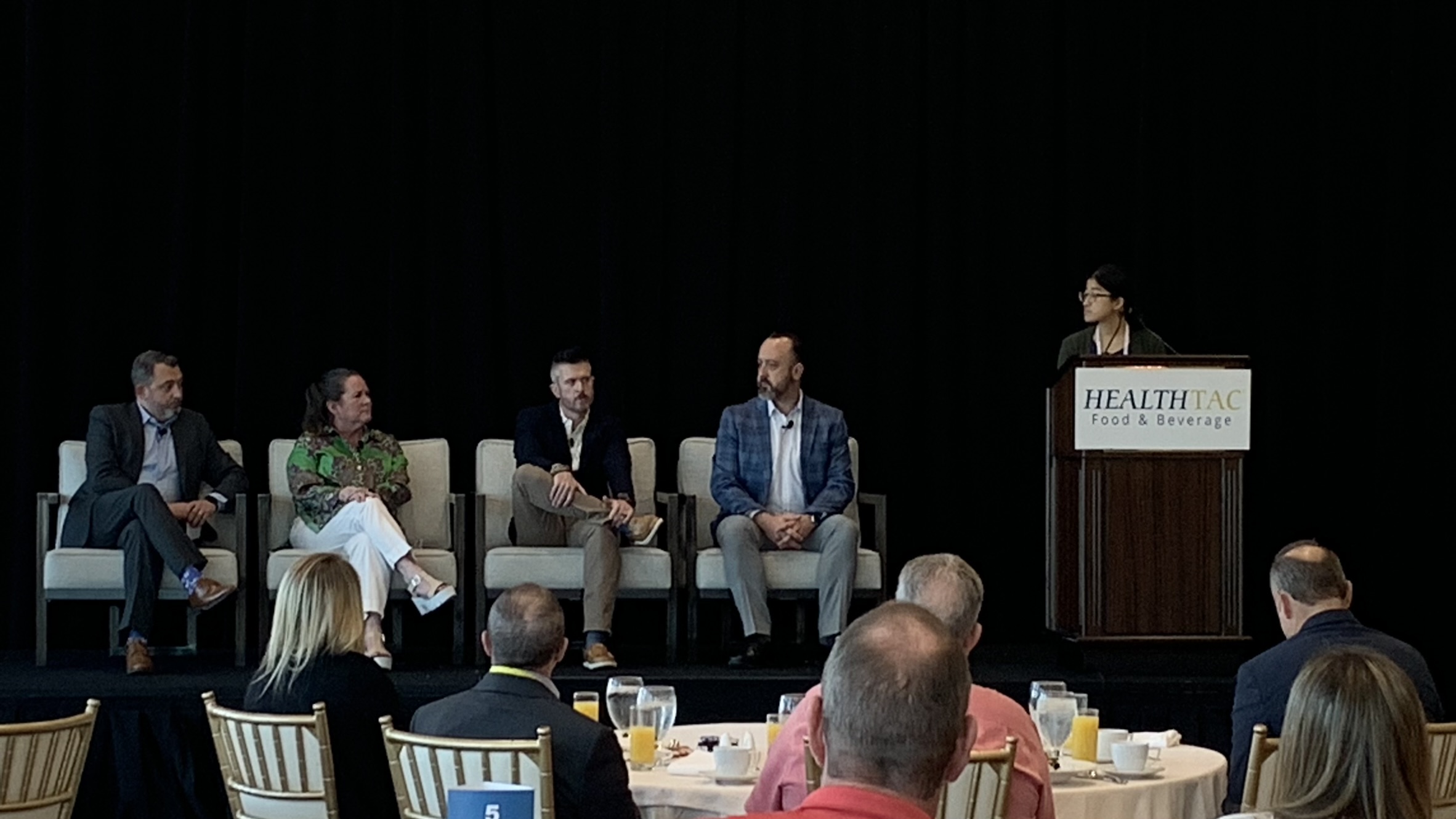
By Caroline Chan | September 29, 2022
The recent HEALTHTAC event, which took place in Scottsdale, Arizona, hosted a panel focusing on pilots—specifically, how to not get stuck in “pilot purgatory.” In fact, the panel was entitled “Ploughing Past Pilot Purgatory,” and the panelists spoke about their tips and tricks for vetting and selecting pilots to participate in.
The panel began with the moderator—Sarah Thomas, CEO of Delight by Design, which is a boutique consulting firm—explaining the crux of the issue. “The biggest problem we have is finding the right match…[then] starting a pilot and getting stuck in pilot purgatory—never making that go/no-go decision,” Thomas said. “My philosophy is always looking at how to scale fast or fail fast.”
Michael Skaff, CIO of San Francisco-based Jewish Senior Living Group, pointed out that one challenge is that the senior living industry is changing. “We’re in an industry that’s in the process of changing and evolving—at an accelerating rate,” he said. “The challenge that provides to companies that want to present us with a new solution, is how far ahead their solution may be from where we are at present. There’s naturally some dissonance there.”
Paul Mullin, principal and chief investment officer at Lake Oswego, Oregon-based Flatiron Development Group, meanwhile, urged suppliers to partner with third-party companies—and choose the right ones.
“Find the right partners that will embrace what you’re doing…Find those people that get it,” he said. “That’s kind of our mantra with real estate: Get to know quickly, find the people that get it and work closely with them to build your brand.”
Mullin also suggested reaching out to colleges and universities, asserting that it will benefit both sides.
“If you’ve got a third-party independent partner behind what you do, that’s better advertising to me than all the pitches or all the standard ROI table stakes that you might throw at people…And these universities want to partner with you; they need this type of research,” Mullin said. “We went to USC Gerontology and we talked to them about engineering and lighting—and they proved that lighting does make a big difference for people with dementia before [we] rolled out tunable LED into our communities.”
The panelists also discussed the need for senior living operators to look at their entire technology platform.
Patrick Bultema, president and CEO of Eden Alternative, which is based in Rochester, New York, explained that there’s a lack of defined and standardized technology product categories.
“That calls for a more complete solution approach; shopping for one product in isolation may just create all kinds of integration or redundancy problems with other products,” Bultema continued. “What’s your whole tech stack look like and how do those pieces go together?”
You also want to make sure your senior living company can support the solution. “We need to be thinking about infrastructure,” said Camille Burke, VP and chief development officer of Essex Communities, which is headquartered in Omaha, Nebraska.
“And make sure…we’re at a maturity level that we’re able to both manage the solution and manage the beneficial outcomes that we’re trying to achieve,” Skaff said. “If it’s something that has great potential but we’re not ready to meet that potential where it can be, there’s no sense in us going down that road—it’s going to be a waste of our time.”
Additionally, the executives urged communities to figure out what their end goal is with the pilot.
“Have a vision for what you want and what will get you there. You may not know what will get you there initially—and that may be part of what you’re hoping for from the pilot—but understand where you’re trying to get to and how the pilot contributes to that arc,” Skaff said. “Understand…what are you trying to achieve? Don’t just say, ‘Let’s just put a point solution in place because this looks like it might do something,’” said Skaff.
And after you’ve figured out what you’re trying to achieve, the next step is figuring out how to measure it. “You’ll never really know what you’re doing if you can’t measure it, and it’s much more likely to go on for an indefinite period of time if you don’t have a beginning and end—and know what that end looks like,” Skaff said. “A pilot needs to have a beginning and end—and that end needs to be transformative in some way/do something differently.”
Bultema concurred. “Be very explicit and clear about what are the outcomes and measures?” he said. “Part of the challenge of ending up in pilot purgatory is if you’re ill-defined on what success looks like.”
And use your team to help evaluate these pilots. Burke said she used to go to conferences and return to her communities with an inundating “umpteen-million technology solutions.”
“I’d like to think that I’ve gotten a little bit smarter, a little bit wiser and actually allow them [the executives] to participate…in those decisions, so that they don’t have to feel like I’m going to come back with all of these technology solutions for them to have to inhale,” Burke continued. “I [also] really enjoy having focus groups come together and putting a group of professionals together that then will take it to the next level of vetting technology.”
As for the boots-on-the-ground caregivers, you especially want to keep them in mind when it comes to the mission of the pilot.
“The message behind it is important,” Thomas said. “I’ve had many failed pilots because they’re often pushed down from the top…and there’s no description of why to the end user. If a caregiver is hearing that you’re going to deploy a technology to help reduce rehospitalizations and the overall cost burden, they don’t care. But if it’s about honoring someone’s end of life wishes and maintaining the integrity of someone’s voice when they can’t speak for themselves, now you’ve got them bought in and they’re interested in using that technology.”





